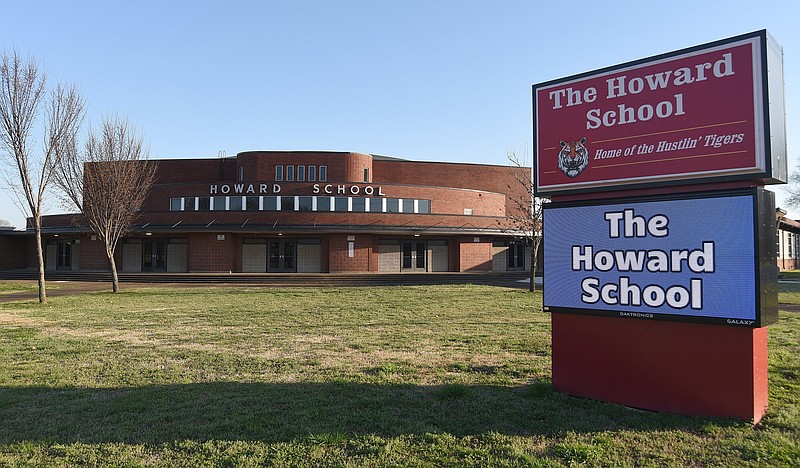The dreaded "R"-word (rezoning) was raised in a recent Hamilton County Board of Education retreat, and it's a word that is likely to cause heartburn for board members for some time.
The problems associated with rezoning, unfortunately, are not isolated to one area of the county. The inner-city Howard School, for instance, is both the county's biggest high school with 1,542 students and its most overcrowded with a capacity of only 854 students. Meanwhile, in the city and county's eastern suburbs, Westview Elementary is at 112% capacity, East Brainerd Elementary at 106% capacity and Apison Elementary at 99.8% capacity.
If this were redistricting following a decennial census, as was done a year ago with Hamilton County Commission districts, school board members would work together, expand and contract the individual zones, and equalize the zones relative to their individual school capacities. The under-capacity schools would gain students, and the over-capacity schools would lose them.
With schools, with neighborhoods, with races, with families, with geographical boundaries, it's not that easy.
If it were, it would be as simple as moving some of the Howard students and perhaps some of the students at East Ridge High (where the capacity is 99%) to Brainerd High. Brainerd is well under capacity at 58%, and its zone borders those of East Ridge and Howard.
That still may become part of the solution for board members, who are not likely to take a vote on rezoning until January or February and after a series of community input sessions. But in between now and then, expect much fighting for turf among board members, pushback on bus transportation and grumbling about race issues.
Superintendent Dr. Justin Robertson has already weighed in on the challenge, saying he expects the East Ridge zone to experience considerable population growth in the coming years and that busing students from current Howard neighborhoods to East Ridge or Brainerd would make for extremely long rides.
We would disagree with his latter statement since the Brainerd High School zone already extends over Missionary Ridge and butts up against the Howard zone in neighborhoods on the west side of the ridge. But it certainly would mean tearing up current bus routes and starting over -- no easy feat.
Until the last couple of years, Tyner Academy might have figured more prominently into the solution, since its zone adjoins the Brainerd zone on its northern end, but that ship has sailed. An early MGT facilities report suggested combining Brainerd and Tyner high schools, but the condition of Tyner's building required immediate attention. The new building currently being planned for the campus will hold both the middle school (now across the street in a separate building) and the under-capacity Tyner Academy and is planned for only 1,400 students (separated under the same roof).
Hixson, Red Bank and Signal Mountain High schools are all under capacity, according to the 2020 MGT facilities report, but all three are across the Tennessee River, so using them as a part of the solution for Howard and East Ridge is a nonstarter. Meanwhile, Lookout Valley High is also under capacity, but -- again -- that would mean transporting Howard students around Lookout Mountain, and farther away from their homes.
On the east side of the river, Central, East Hamilton and Ooltewah High Schools can be of little help to the solution since, according to the MGT report, they were at 100%, 87% and 101% capacity, respectively, for the 2018-2019 school year.
That brings us to Hamilton County Mayor Weston Wamp's suggestion of another downtown high school, a subject he raised frequently during his campaign last spring and which he undoubtedly is raising in the County School Facilities Working Group he and Robertson established in September.
At the time, it was said that group would meet regularly for several months. Our hope would be that its findings would be meshed with those of the school board and the feedback from the community meetings before any vote on rezoning is taken during the winter.
Rezoning is often a tender subject because any movement of zones could upend the reason a family chose a particular neighborhood in which to live, sever the ability of transportation to serve particular homeowners or even -- yes -- mix rival gangs.
If the facilities working group finishes its business by the end of the year, we would hope a bold strategic plan for the next decade or so is the result. That would make the work of rezoning easier because it would take into account the predictions for school capacities down the road, capacities which were included in the MGT report.
If the school district, parents and students, and taxpayers are able to see down the road, they can easier understand what's ahead for schools instead of having to go along with the whack-a-mole game played in recent years in which problems are only solved as they rear their heads.
